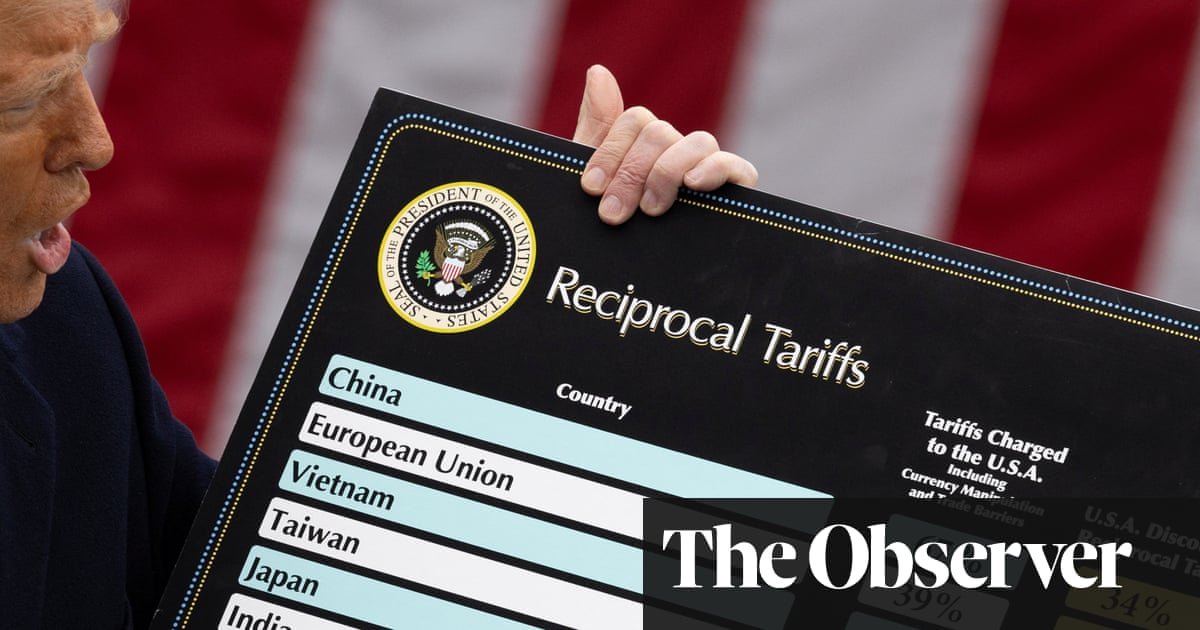
How looser affordability rules may widen home ownership in the UK
During the coming weeks and months, many more people may be able to buy a property they would previously assumed was out of their price range.
One of Britain’s biggest mortgage lenders, Santander, has loosened its affordability rules to enable customers to borrow more, with other banks and building societies almost certain to follow suit.
Rising house prices and higher interest rates, plus continuing cost of living pressures, have made getting a foot on the property ladder, or taking that second step to buying a bigger home, increasingly challenging for many.
Mortgage brokers say changes will bring home ownership within the reach of more people. However, some worry that letting people borrow more will push up house prices even faster, while others warn that we must not risk a repeat of the risky lending that contributed to the 2007-08 financial crash.
Last month, the City regulator the Financial Conduct Authority (FCA) effectively encouraged lenders to loosen their purse strings now that interest rates are coming down so that more people can access a mortgage.
When lenders decide whether to approve a home loan, they check whether a borrower could still afford their repayments if interest rates rose. These checks are known as stress tests. The FCA said the way some lenders were doing their stress testing “may be unduly restricting access to otherwise affordable mortgages”.
The first lender to relax its rules was Santander. It says its changes, which have already taken effect, mean many customers applying for a mortgage will be able to borrow between £10,000 and £35,000 more than before.
It gives the example of a first-time buyer couple earning just under £50,000 between them who want to buy a £260,000 property. Assuming they take out a two- or three-year fixed-rate mortgage, they may now be able to borrow £210,000, up from £196,000 before.
Meanwhile, a “second-stepper” couple with two children who earn a total of £63,500 and want to buy a £425,000 property may now be able to borrow up to £305,000 via a Santander five-year fixed-rate deal rather than £284,000 previously.
Rachel Geddes, a director at the broker Mortgage Advice Bureau, says: “We’re hopeful that more lenders will follow suit … We’re excited to see what lenders are going to be doing over the coming weeks.”
This week, the specialist lender Precise reduced its affordability stress test, and all eyes are now on the big players.
The average cost of a new fixed-rate mortgage has come down a little in recent months. Last Wednesday, the average new five-year fixed-rate deal was priced at 5.18%, the data firm Moneyfacts said. That is down from 5.24% at the start of January.
However, rates are a lot higher than a few years ago. In mid-2019, a new five-year fix was typically 2.84%.
On top of that, house prices have carried on rising. Nationwide said this week the average UK home costs 3.9% more than it did a year ago. Then there are all the other household bills and costs, many of which have just gone up again.
Chris Sykes, the technical director at the mortgage broker Private Finance, says lenders are fairly safe making changes to affordability calculations as there are other measures in place – such as maximum “income multiples” – that safeguard people from taking on too much borrowing.
“I’ve also seen many clients being sensible lately and – if it’s feasible at all – not taking advantage of the maximum borrowing lenders would offer,” he says, adding that people are instead “more focused on their personal maximum monthly payment budget”.










